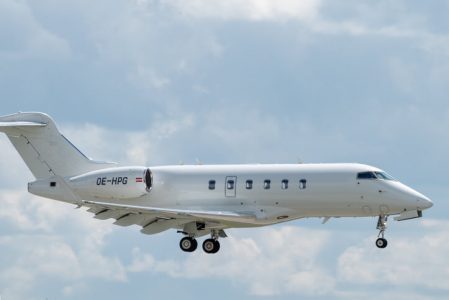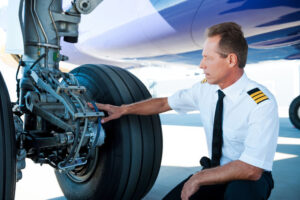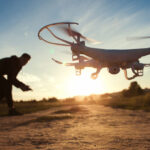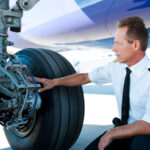Aviation Weather is Most Likely the Cause of Fatality
In my 45-year professional flying career, my worst encounter with turbulence occurred over the mountains of Burlington, Vermont. It was nighttime IMC (of course) and there was absolutely no mention of severe (extreme?) turbulence anywhere in the forecasts. But I’ll tell you, I thought we hit a brick wall. There was no warning. It was the most violent thing I’ve ever experienced in an airplane. Believe me when I say, aviation weather is no joke.
Nobody onboard my flight was injured, but maybe that was because we were descending for landing, and I had already told the medical crew to buckle up. I sure was covered with bruises from head to toe the next day, though. I honestly can’t imagine what would have happened if I was unrestrained in the cabin when we hit that turbulence.
Bombardier Challenger Encounters Severe Turbulence
We don’t really have to imagine, do we? We know what happens to passengers and crew who are not buckled in when planes run into severe turbulence and it’s not good. In fact, it can be tragic, which is exactly what happened onboard a Bombardier Challenger 300. A passenger lost their life after a suspected turbulence encounter.
The flight had just departed Keene, New Hampshire and was enroute to Leesburg, Virginia when the in-flight upset occurred. There were two crewmembers and three passengers onboard with no word on any additional injuries. The jet was climbing through 24,000 feet about 10 minutes into the flight when it suddenly entered a steep climb of almost 6000 fpm, followed by a 2000 fpm descent. The crew immediately diverted to Bradley International at Windsor Locks, CT for medical attention, but the passenger had been fatally injured.
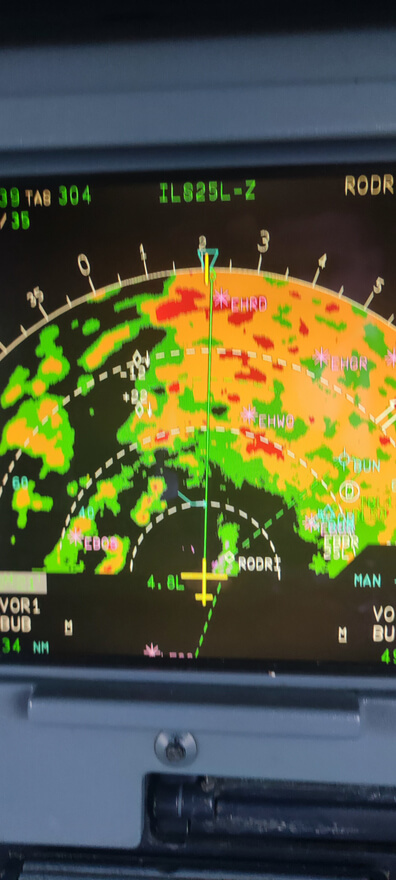
Tips for Flying into Severe Turbulence
We strive to promote safety so that these accidents don’t happen. Unfortunately, they do, but we can learn from them. There are steps we can take to help ensure that our flights, personnel, and passengers stay safe when encountering unexpected turbulence:
- Keep passengers and crew secure: Passengers and crew should remain seated with their seatbelts securely fastened to minimize potential injury due to sudden movement of the aircraft. If needed, before the flight takes off, stress the importance of remaining seated with seatbelts on, even if the seatbelt sign is off.
- Increase speed: Increase the aircraft’s speed to reduce the effect of turbulence.
- Reduce altitude: Lower the aircraft’s altitude in order to fly through the turbulence at a lower speed.
- Monitor aircraft instruments: Consistently monitor the aircraft’s instruments in order to identify any changes or trends that could affect their flight path.
- Stay alert: Stay alert and be prepared to respond quickly if an emergency arises. This includes monitoring weather conditions and other aircraft in the vicinity, as well as having an alternate plan of action ready in case of severe turbulence.
- Avoid sharp turns and abrupt maneuvers: Sharp turns or abrupt maneuvers can aggravate turbulence and put additional stress on the aircraft structure, so pilots should avoid these when possible.
Investigators will continue to analyze data from the Flight Data Recorder from the Challenger accident. So far, there are no plans to ground the Challenger 300 fleet; it looks like they are leaning toward an aviation weather event as the cause of this tragedy. As the flight attendants say, buckle up, just in case we run into some unexpected bumps.

